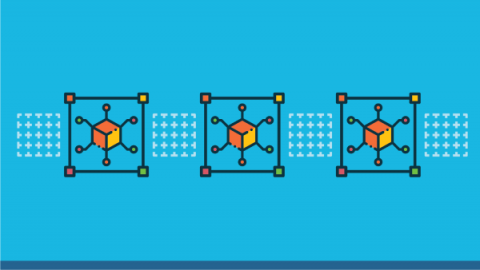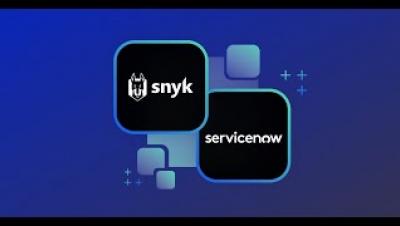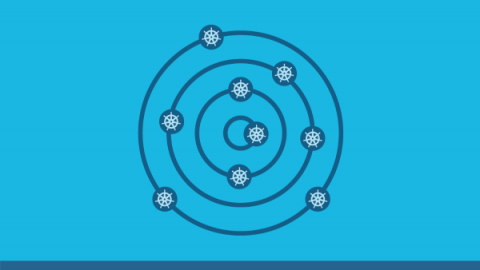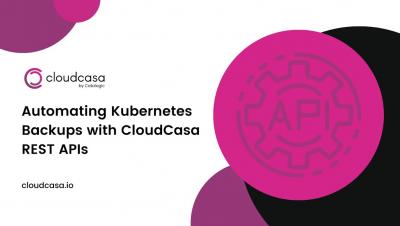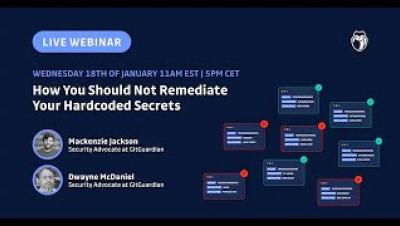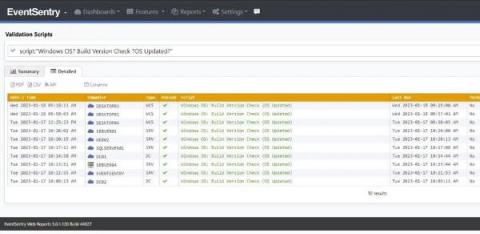Security | Threat Detection | Cyberattacks | DevSecOps | Compliance
DevOps
What is Service Mesh in Microservices?
The microservice architecture involves breaking the application into small interconnected services, each performing a specific task. This breakdown enables developers to work on individual services without affecting the rest of the application, leading to more agility and easier scaling. These services communicate through APIs and, as the number of services within an application increases, developers may introduce a microservice service mesh to control all the service-to-service communication.
Best Practices for Securing the Software Supply Chain
There are several best practices for securing the software supply chain. Failing to do so is like leaving open the vault in your home containing your most valuable possessions and sensitive documents. There are an average of 203 open source dependencies per repository in today’s software supply chains. A staggering 99% of codebases contain open source code and between 85 to 97% of enterprise codebases are generated from open source, according to GitHub.
Building a Modern Application Security Strategy. Part One: Threats, Opportunities, and Challenges
First of a two-part series The online world is now packed with applications, so it’s unsurprising that they’re a top target for threat actors. However, traditional application security (AppSec) strategies often prove ineffective. To defend themselves against the rapidly evolving threat landscape, organizations need to build a modern AppSec strategy that addresses these fast-changing conditions.
Beyond OPA Gatekeeper: Enterprise-scale Admission Control for Kubernetes
OPA Gatekeeper is the most popular solution for enforcing admission control policies on Kubernetes clusters. It was designed for policy management on a single cluster. Styra DAS (built by the creators of OPA) aims to provide the next step for enterprise companies with centralized policy management over tens or hundreds of clusters and policy use cases beyond Kubernetes. In this post, we explain how Styra DAS differs from OPA Gatekeeper and how our enterprise focus led to different design decisions.
Automating Kubernetes Backups with CloudCasa REST APIs
[Webinar] How You Should Not Remediate Your Hardcoded Secrets
Domain member: Digitally encrypt secure channel data
The Life of the Sysadmin: A Patch Tuesday Story
The System Administrator! AKA the Sysadmin. The keeper of the network, computers – well basically all things technology. The one who is hated for imposing complex passwords and other restrictions, but taken for granted when everything works well. They are the first to be called when “facebuuk.com” reports: “domain does not exist”.



